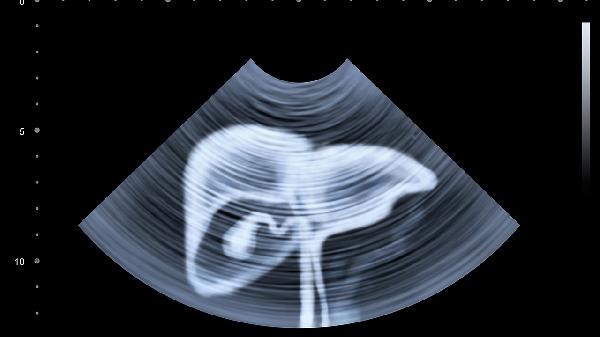The most effective exercise methods for training abdominal muscles include rolling the abdomen, plank support, supine leg lift, Russian rotation, and hanging leg lift.

1. Abduction
Abduction is a basic movement for targeted training of the rectus abdominis muscle, which causes the abdominal muscles to fully contract through spinal flexion. During practice, lie flat and bend your knees, lightly touch your ears with both hands, and use abdominal strength to lift your shoulder blades off the ground to avoid neck compensation. This action has less pressure on the lower back and is suitable for beginners to gradually increase the number of groups. The best effect is to repeat 15-20 times per group.
2. Plate support
Plate support can synchronously activate the transverse and oblique muscles of the abdomen, which belongs to static training. Keep the elbow joint shoulder width apart and tighten the core in a straight line to avoid sagging or raising the hips. As the ability improves, you can try a side plank support variant, maintaining it for 30 seconds to 2 minutes each time, which can significantly enhance core stability.
3. Supine leg lift
Supine leg lift mainly stimulates the lower abdominal muscles. When lying down, slowly lift the legs together to 90 degrees and then control the fall. Pay attention to keeping your waist close to the ground to prevent exertion, and bend your knees to reduce difficulty. This movement can improve lower abdominal relaxation. It is recommended to complete 3 sets, 10-15 times per set, in conjunction with breathing rhythm.

4. Russian Rotation
The Russian rotation strengthens the oblique muscles of the abdomen through rotational movements, maintains balance by bending the knees and lifting the legs while sitting, and twists the torso to both sides with clasped hands. You can hold dumbbells to increase resistance, and complete 20 repetitions alternately left and right to form one group. This action can shape the waistline, but caution should be exercised for those with lumbar disc herniation.
5. Suspended leg lift
Suspended leg lift requires the use of a horizontal bar, which flexes the hip joint to bring the knee closer to the chest, fully activating deep muscle groups. Body movements can reduce training effectiveness, so it is important to maintain control and complete the movements slowly. Advanced individuals can try lifting their legs straight to horizontal, 8-12 times per group, with strong upper limb strength as a foundation.

It is recommended to schedule 3-4 abdominal exercises per week, with 3-5 cyclic exercises per session and a 30 second break between groups. Dynamic stretching and relaxation should be performed before and after training to avoid muscle compensation caused by overtraining. Combined with protein supplementation and sufficient sleep, visible abdominal muscle lines are usually observed for 6-8 weeks. Individuals with lumbar spine diseases or postpartum individuals should adjust their movement intensity under the guidance of professionals.








Comments (0)
Leave a Comment
No comments yet
Be the first to share your thoughts!